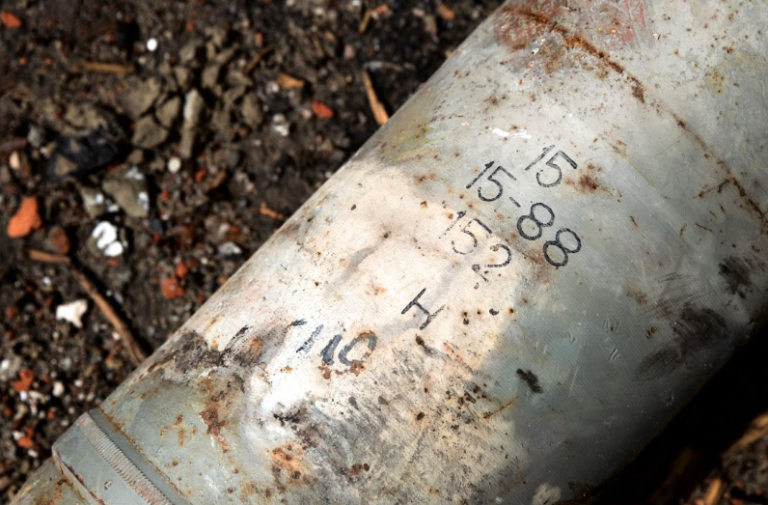Introduction
Designing sewer systems in Fort Myers means designing for water and for what’s already under the surface; good sewer design balances hydraulics with a clear plan for Fort Myers Underground Utilities to avoid conflicts, flotation, and costly rework.
Begin with detailed site investigations
Complete soil borings, groundwater monitoring, and utility detection before final alignment decisions because knowing groundwater levels and the layout of existing Underground Utilities reduces surprises and informs pipe depth, bedding, and joint selections.
Depth, buoyancy, and material choices
High groundwater increases floatation risk for lightweight pipes and affects trench stability, so choose materials and joint systems that resist external water and limit infiltration; consider sealed assemblies or heavier bedding where Fort Myers Underground Utilities sit close by.
Coordinate early with utility owners
Conflicts with water mains, electrical ducts, and telecom conduits are common, and early coordination with utility owners prevents last-minute relocations; where relocations are unavoidable, secure agreements and schedule windows well before construction begins.
Dewatering planning and impacts
Dewatering must be modeled to prevent unintended drawdown that affects adjacent Underground Utilities and structures; pumps and discharge routes should be designed so that removed water does not overwhelm nearby facilities or sensitive habitats.
Trenchless options to reduce exposure
Where sewers cross near congested utility corridors, consider trenchless techniques such as horizontal directional drilling or microtunneling to reduce open excavation and protect nearby utilities and Fort Myers Underground Utilities from accidental damage.
Access and maintenance planning
Provide extra access points and inspection ports in areas with high groundwater or tight utility corridors so future cleaning and repairs do not require repeated disturbance of other Underground Utilities or expensive relocations.
Corrosion and lifecycle considerations
Saltwater intrusion, groundwater chemistry, and soil corrosivity affect material longevity; select durable materials and specify corrosion-resistant joints to reduce lifecycle maintenance costs for the sewer and nearby Underground Utilities.
Document as-built conditions
Hand off verified as-builts that capture actual depths, materials, and proximity to other services so future projects working on Fort Myers Underground Utilities have a reliable record and avoid unnecessary re-excavation.
Conclusion
Designing sewers in Fort Myers requires realism about groundwater and the existing Underground Utilities network. Integrate detailed site work, early utility coordination, and construction methods that minimize conflict to reduce risk and total cost.


